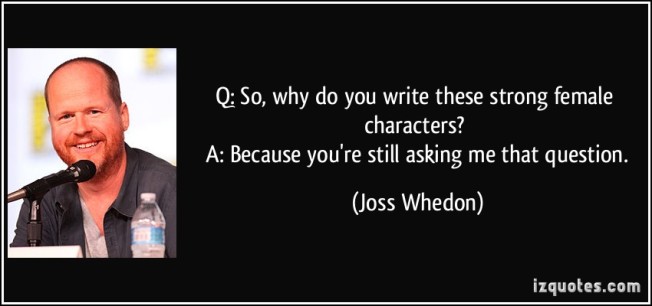A friend of mine – code-named Artemis – is currently living in Japan. She recently had a conversation with Dr. Nick about Japanese culture, which he relayed to me and which I found so interesting that I went back to the source. This blog post is from both of us.
The conversation started with the idea that, unlike Western culture, Japanese society is wholly geared towards people behaving as members of a community rather than as individuals. This prompted me to ask the question “where does their art come from?”.
THE ARTIST
Everwalker: In the West, it’s a fundamental principle that creativity is an expression of self. Unique experiences of the world, presented from an individual’s need to express. If the very idea of individuality is distanced from a culture, what drives its artists to create and from what perspective can they frame their creations?
Artemis: Japanese art is less an expression of individuality and more an expression of oneself within tradition. The artist acknowledges and uses the traditional forms of style, plus that of the master who taught them, in order to create something new. It’s why there’s the stereotype of the apprentice having to wait years to pick up a paintbrush: this ensures they know exactly what to do and how to execute the style perfectly. The result is part of the whole history of that kind of art, and the artist is accountable to every other practitioner. saying ‘here’s what I belong to’. If the style is poorly executed it doesn`t just reflect badly on the artist, but on the master who taught them too, and the master is the one who will take responsibility for their apprentice`s mistakes.
Everwalker: So rather than saying ‘here’s what I think’, the artist is saying ‘here’s what I belong to’.
Artemis: There are some people credited with producing new things, closer to individuality, but they are almost always greatly respected masters in their traditional style before they can get away with that kind of blatant self-expression. The twist on this is that the Japanese tend to be better at developing variations on a theme, because they have this deep acknowledgement of history and traditional style. That knowledge enables them to give their own spin to old stories, creating a simultaneous feeling of familiarity and freshness – invaluable for drawing in an audience.
THE HERO
Everwalker: So if Japanese stories stem from the importance of community, what about the protagonist? Where does that leave the individual at the heart of it all? Such a difference in cultural approaches means a fundamental change to the heroic figure we recognise in the West.
Artemis: Japanese heroes are never alone. They might be the chosen one but they have supportive relationships with equally strong characters, and these are vital to their success. Heroes who become isolated in Japanese literature tend to fail or become evil. This is because they lack companions to provide advice, help and a conscience. The team succeeds together or fails together, but the hero without a team is only an individual, and thus destined to fail.
Everwalker: There is an element of this in Western storytelling, of course. From the Argonauts to the Fellowship of the Ring, our heroes have had back-up. But it’s not a given, and it’s extremely rare to find a party with no single clear lead. The only one that currently spring to mind is the Avengers (although that’s because they are a party of six protagonists being made to work together, and the tensions that result is a major feature of the first film).
I’m not going to fall into the trap of comparing the political values of the different cultures, but I do want to take a quick look at the philosophical things we could usefully learn. Modern Western society seems, on the whole, to have a real struggle with identity. By placing so much emphasis on the idea of the individual, it has lost a sense of communal identity. From that loss (and I’m theorising wildly here) comes a feeling of loneliness at the individual level. We are cut off from our communities because we no longer know who or what they are.
If we take our lessons from artistic rolemodels, perhaps it’s time to update our Western heroes with some traditional Japanese values.








